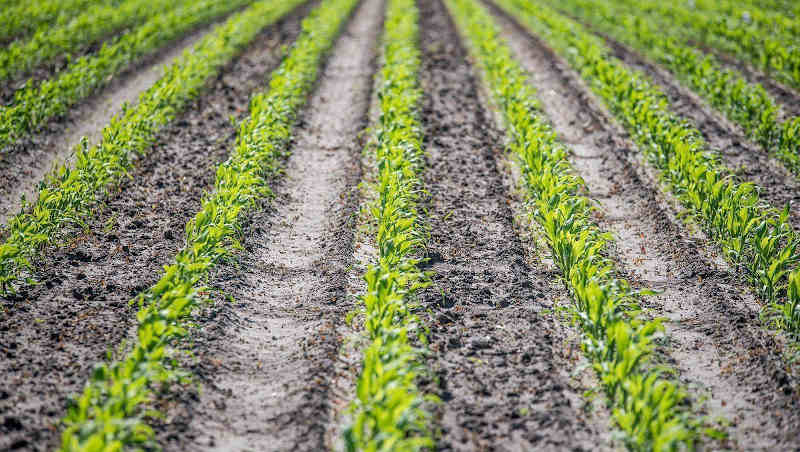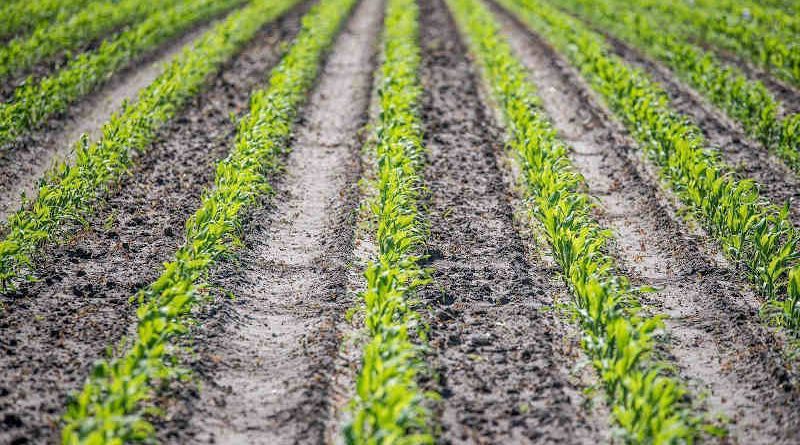How Climate Change Poses Threat to Soil Biodiversity

The overuse and misuse of agrochemicals remains one of the major drivers to soil biodiversity loss.
In order to address the increasing challenges of soil management, the Food and Agriculture Organization (FAO) has launched “Keep soil alive, protect soil biodiversity” campaign.
It aims to raise awareness of the importance of sustaining healthy ecosystems and human well-being. By encouraging people around the world to engage in proactively improving soil health, the campaign also aims to fight soil biodiversity loss.
Although soils are essential for human well-being and the sustainability of life on the planet, they are threatened by human activity, climate change, and natural disasters.
The overuse and misuse of agrochemicals remains one of the major drivers to soil biodiversity loss, thus reducing the potential of soil biodiversity for a sustainable agriculture and food security.
According to FAO, other threats include deforestation, urbanization, soil structure degradation, soil acidification, pollution, wildfires, erosion, and landslides, among other issues.
[ Also Read: Knowledge Stories for Farmers ]
Nature-based solutions involving soil microorganisms have a significant potential to mitigate climate change. They play a key role in carbon sequestration and reducing greenhouse gas emissions.
A new FAO report on “The State of Knowledge of Soil Biodiversity” examines the potential of soil organisms in ensuring sustainable agri-food systems and mitigating climate change.
The report found that farming activities are the biggest source of carbon dioxide and nitrous oxide gases emitted by soils, which derive from the overuse or misuse of nitrogen-containing fertilizers.
Generally, there is a lack of detailed data, policies, and actions on soil biodiversity at local, national, regional, and global levels.
The report highlighted the need to promote the necessary shift to include biological indicators of soil health along with physical and chemical ones.
According to the report, the adoption of sustainable soil management practices by farmers, as a basic premise for preserving soil biodiversity, remains low due to the lack of technical support, provision of incentives and enabling environments, and needs to be scaled up.





